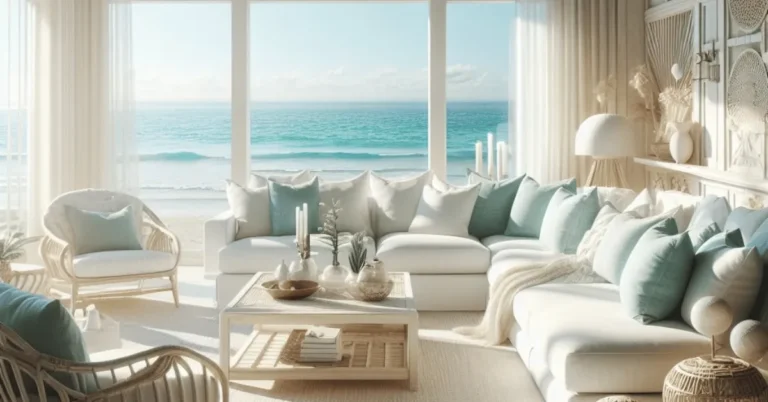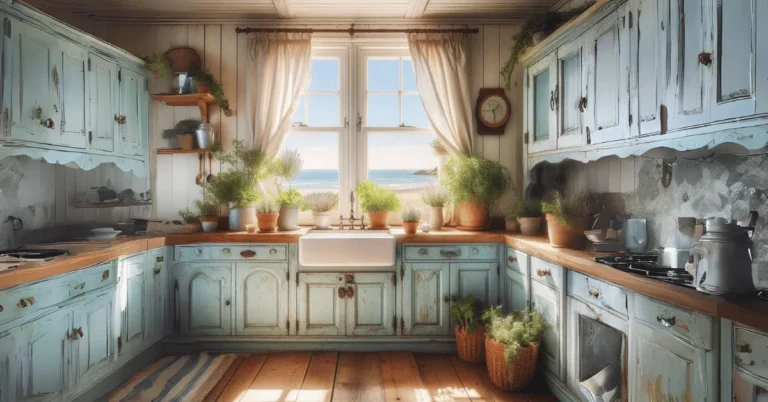Welcome to the ultimate guide on how to organize your living room containers! If you’re tired of your living room looking like a storage unit, filled with random containers and clutter, then you’ve come to the right place. We’re here to help you transform your living room into a stylish and organized space.
Living room containers can be a lifesaver when it comes to keeping your belongings in order. From baskets and bins to storage ottomans and shelves, there are countless options to choose from.
However, without proper organization, these containers can quickly become a source of chaos and frustration.
But fear not! With a few simple tips and tricks, you’ll be able to tame the container chaos and create a living room that is both functional and aesthetically pleasing. So, let’s dive in and discover the secrets to organizing your living room containers.
How to organize living room containers?
Organizing your living room containers doesn’t have to be daunting – in fact, it can be a fun and rewarding process that transforms your space into a functional and stylish haven. Here’s a friendly guide to help you get started:
Declutter:
Begin by emptying each container. Take a moment to evaluate what you genuinely need and use. Don’t hesitate to let go of broken or unused items.
Categorize similar items together to identify storage needs, and consider donating or selling things you no longer require.
Choose the Right Containers:
Tailor your container choices to the specific needs of your items. Some require breathable storage, while others need lids for dust protection.
Measure your shelves and cabinets to ensure containers fit well, and don’t forget to consider the aesthetics – choose materials, colors, and patterns that complement your living room’s decor.
Label and Categorize:
Make life easier by clearly labeling each container. This helps you quickly find what you need and prevents unnecessary rummaging.
Create designated zones for different categories of items, such as keeping board games near the coffee table or media players close to the TV.
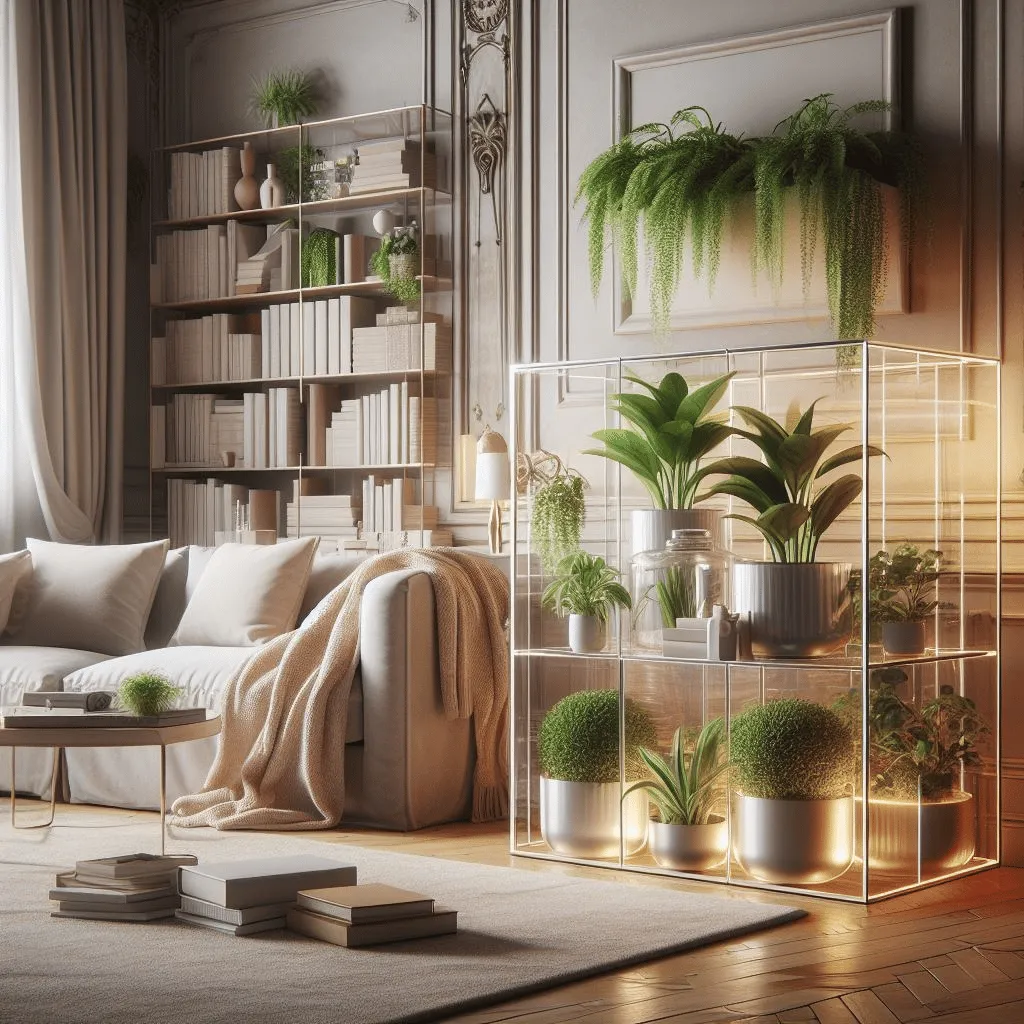
Maximize Space and Functionality:
Think vertically! Use wall shelves, hanging organizers, or over-the-door storage to make the most of your space.
Employ dividers and trays to keep smaller items organized, and consider transferring items like snacks to clear containers for both space-saving and visibility.
Maintain the System:
Develop the habit of putting things back in their designated containers after use to prevent clutter. Schedule regular decluttering sessions to keep items from piling up again.
Bonus Tips:
Remember, the key to successful living room container organization is finding a system that suits your needs and space.
With a bit of planning and effort, you can achieve a clutter-free and functional living room that reflects your style and personality.
Read More: How to ORGANIZE Living Room? (New Expert Tips for 2024)
How do I organize my room with storage bins?
Organizing your room with storage bins can be a game-changer! Here’s a friendly guide to get you started:
Declutter ruthlessly:
Empty everything out: Take everything out of drawers, shelves, and closets for a clear picture of what you have. Sort and discard: Donate, sell, or recycle unused or broken items.
Ask yourself if you’ve used something in the past year and if you would buy it again. Categorize: Group similar items together, like clothes, books, electronics, or hobby supplies, to find the best storage solutions.
Choose the right storage bins:
Consider item type: Use breathable containers for clothes and linens, and lidded bins for dust-prone items like electronics.
Think about size and shape: Measure shelves and cabinets to ensure proper fit. Opt for stackable bins or under-bed storage to maximize space. Pick a style: Choose bins that complement your room’s decor for a personal touch.
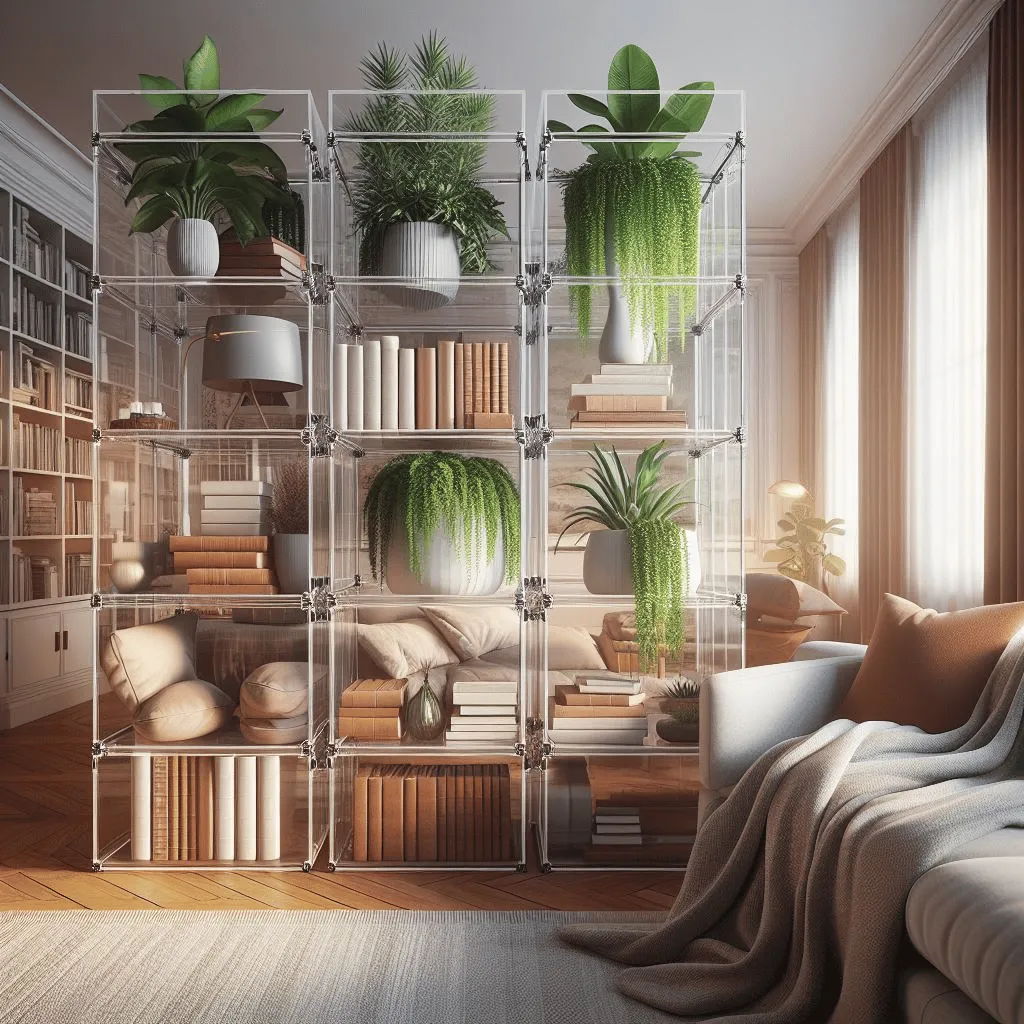
Label and organize:
Clearly label each bin: Use tags, stencils, or chalkboard paint to identify what’s inside easily.
Create designated zones: Keep clothes near your dresser, books by your reading nook, and hobby supplies in a designated crafting corner. Subdivide within bins: Use dividers to keep smaller items in check and prevent them from getting lost.
Maximize space and functionality:
Utilize vertical space: Hang shelves, use over-the-door organizers, or install floating shelves to maximize storage without sacrificing floor space.
Employ drawer dividers: Keep drawers tidy with organizers for socks, jewelry, or other small items. Decant items: Transfer bulk items into clear containers for better visibility and space-saving.
Maintain the system:
Put things back: Develop the habit of returning items to their designated bins to prevent clutter.
Declutter regularly: Schedule regular decluttering sessions to avoid items piling up again. Keep it simple and enjoy your organized space!
Read More: How to Organize Living Room With Toys? (2024)
How do you use storage containers?
Storage containers can be lifesavers in a living room, helping you conquer clutter, maximize space, and add a touch of style. Here are some ways to put them to good use:
For Organization:
Media and electronics: Tuck away cables, remote controls, gaming consoles, and other tech clutter in labeled containers. Use stackable bins for different categories within a media console or cabinet.
Books and magazines: Organize books by genre, author, or size in decorative boxes or fabric bins on shelves or ottomans. Use lidded baskets for magazines to keep them dust-free.

Games and toys: Keep board games, puzzles, and toys for all ages neatly contained in stackable bins or labeled storage boxes. Designate specific areas for different types of games or toys.
Throw pillows and blankets: Store seasonal throws and extra pillows in decorative baskets or trunks. This declutters your sofa and adds a touch of personality.
Seasonal items: Pack away holiday decorations, outdoor gear, or off-season clothing in labeled containers and store them under the bed, in closets, or on high shelves.
For Space Optimization:
For Style and Decor:
Remember, the key to using storage containers effectively in your living room is to choose solutions that fit your space, organizational needs, and personal style. Have fun getting creative and enjoy your newly organized and stylish living room!
Read More: How to Organize Living Room FURNITURE? (in 2024)
How to organize inside storage bins?
Organizing the inside of your storage bins can turn chaos into order, making them efficient and easy to use. Let’s break down some simple tips to tackle your bins in a friendly and straightforward manner.
Prepping Your Bins:
Start Fresh: Empty the bin, give it a good wipe, or wash it to avoid dust and grime. Declutter Wisely: Sort through items, discard the broken or unused, and consider donating or selling what’s in good condition.
Categorize and Organize:
Group Similar Items: Arrange clothes, books, toys, or holiday decorations by type or theme. Subdivide Within: Use smaller containers to create compartments, making it easier to find items.
Space-Saving Strategies:
Maximize Vertical Space: Use stackable bins, shelves, or hanging organizers. Roll and Fold: Save space by rolling clothes or vacuum-packing bulky items.
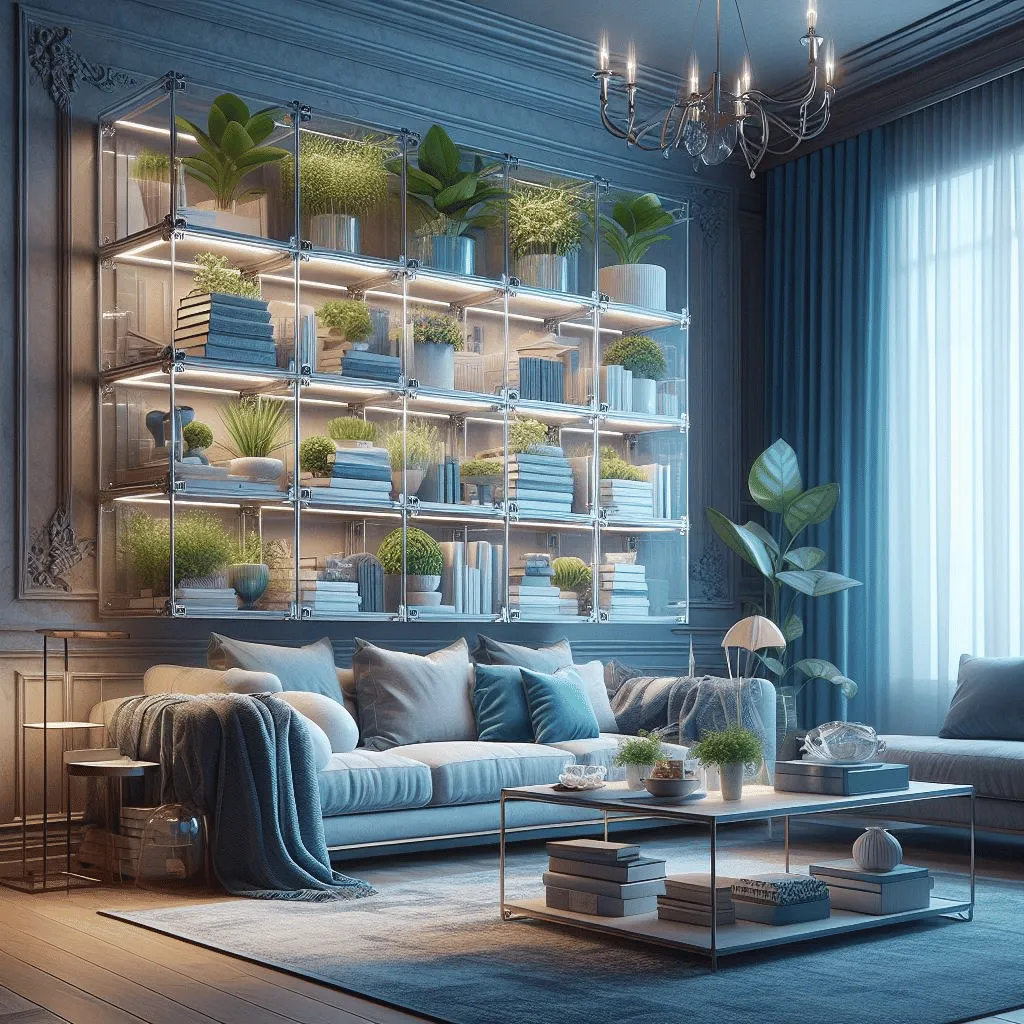
Accessibility and Labeling:
Prioritize Accessibility: Keep frequently used items at the top or front. Label Clearly: Mark each compartment with labels or tags for easy identification.
Maintaining the System:
Build a Habit: Put things back where they belong to prevent clutter. Declutter Regularly: Schedule sessions to avoid items piling up. Adapt and Adjust: Be flexible and change your system as needs evolve.
Bonus Tips:
Use liners for added protection. Repurpose boxes for smaller compartments. Add lighting for deep bins. Get creative and personalize your storage solutions.
By applying these tips and tailoring them to your needs, transform your storage bins into organized and efficient spaces. Remember, find a system that works for you, keeping your home clutter-free and functional.
Read More: DECLUTTER Living Room Checklist: All The Items (2024)
What is the best place for living room containers in a home?
When it comes to deciding where to keep containers in your living room, there are a few key factors to consider. The type of container plays a significant role.
For large storage bins holding less frequently used or seasonal items, under-bed storage or tucked away in closets works well, preventing unnecessary clutter in the main living space.
On the other hand, decorative baskets or boxes are perfect for frequently used items. Placing them on shelves, ottomans, coffee tables, or side tables not only keeps things organized but also adds a touch of style to your living room.
Consider how often you use the items inside the containers. Everyday essentials like remote controls or books should be within easy reach on shelves or ottomans.
Items used occasionally can be stored in under-furniture storage, high shelves, or less accessible corners. For seasonal items like holiday decorations or off-season clothes, labeled bins in basements, attics, or dedicated storage areas are ideal.
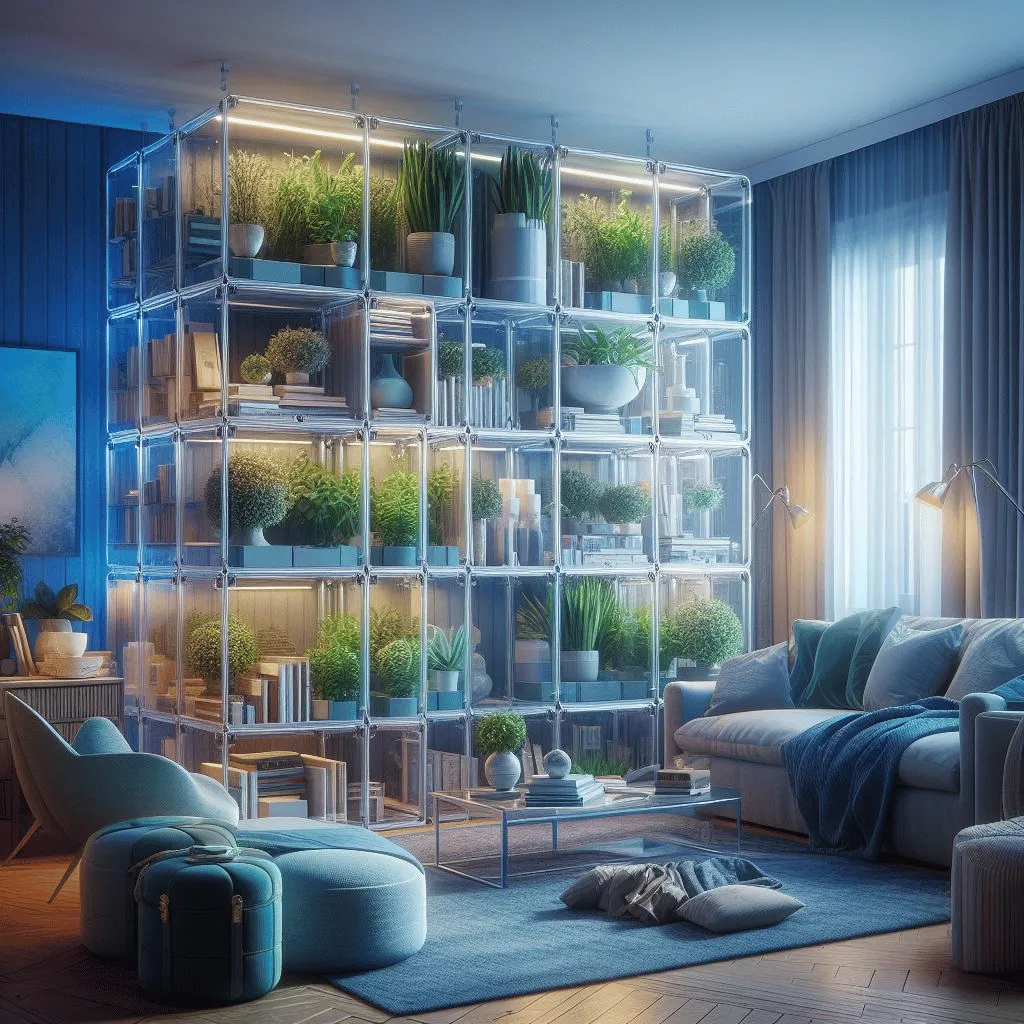
Your living room’s style and aesthetics matter too. Match the containers with your decor, choosing materials and textures that complement your furniture.
Turn storage into a design element by incorporating decorative boxes or baskets that add visual interest and personality to the space.
Accessibility is key. Ensure that frequently used items are easily reachable and consider the needs of all users, especially if you have children or older family members.
Hidden storage options like built-in shelves or ottomans with concealed compartments can help maintain a clean and minimalist look.
Some tips
Here are some additional tips for placing living room containers: utilize vertical space with shelves or wall organizers, consider traffic flow to avoid obstacles, group containers by function for better organization, and don’t be afraid to get creative with placement options.
In the end, the best location for your living room containers is wherever they serve their purpose best—functional, accessible, and aesthetically pleasing to you.
Take into account your specific needs, space limitations, and preferred style to find the perfect solution for your home.
Read More: How to Decorate a Living Room in Coastal Style? (Full Guide)
How much will it cost me to organize living room containers?
Organizing your living room containers involves various factors that contribute to the overall cost. Let’s break it down:
Existing Storage Solutions: Whether you already have containers or need to purchase new ones greatly affects the cost.
Plastic bins are budget-friendly, but decorative baskets or storage ottomans can be pricier. Additionally, if your current containers need repair or replacement, that adds to the expense.
Decluttering and Sorting: Consider if you require assistance in decluttering and sorting. Hiring a professional organizer comes with a fee, but it can save you time and ensure an efficient system.
If you opt to declutter on your own, factor in costs for donations or disposal fees.

Labeling and Organization: Do you need labels for your containers? The type of labels (tags, stencils, chalkboard paint) impacts the cost.
Additional organizational tools like dividers, shelves, or hanging organizers also vary in price based on material and complexity.
Installation and Assembly: If some containers need assembly or installation, you may need to hire a handyman or tasker, adding to the cost.
Additional Services: Services like cleaning or furniture rearranging as part of the living room organization can significantly increase the total cost.
Potential Costs:
In summary, organizing your living room containers can range from a minimal investment of $10-$50 for basic DIY solutions to several hundred dollars or more for extensive professional services and high-end storage solutions.
Assess your needs and budget accordingly for a well-organized and clutter-free living space.
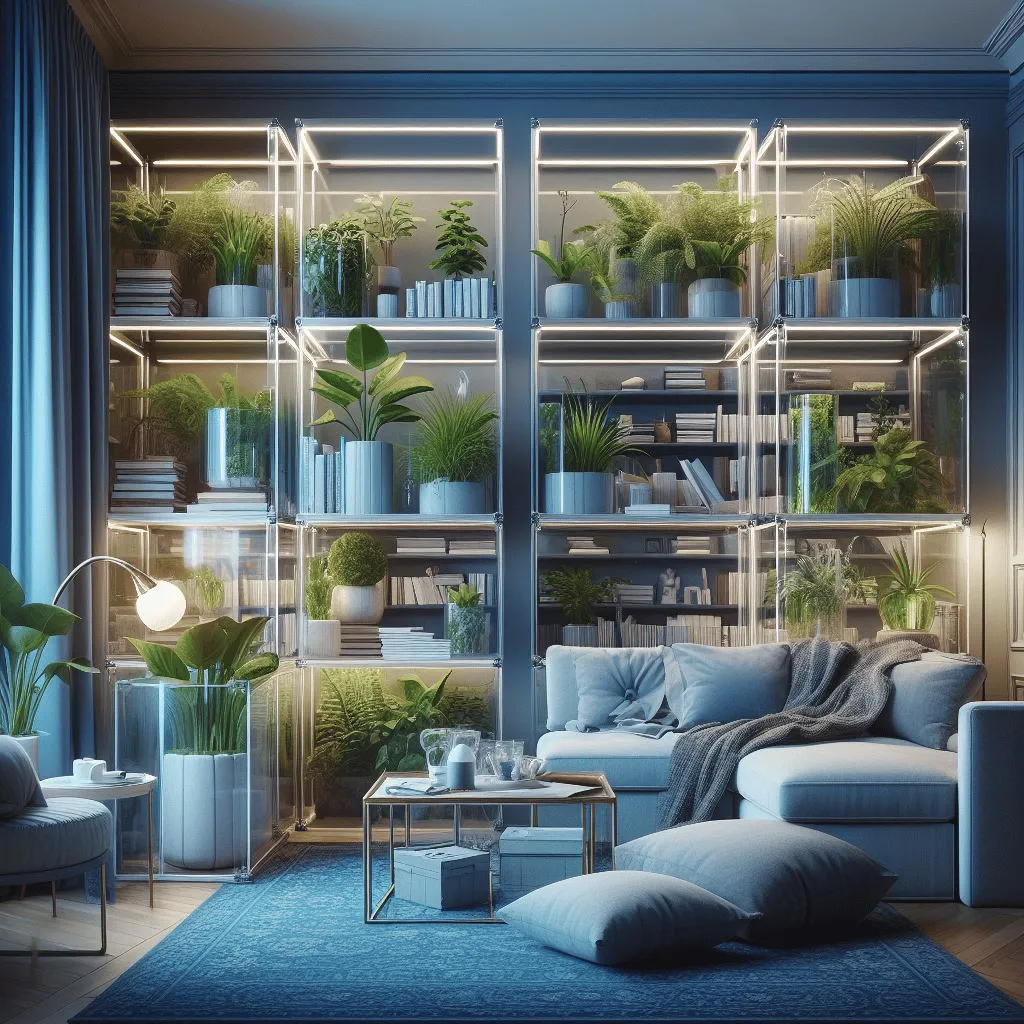
Final Thoughts – Organize living room containers
Well, we’ve delved deep into the world of living room container organization! From decluttering strategies to storage solutions and placement tips, we’ve explored a plethora of ways to transform your living space from cluttered chaos to organized haven.
Remember, the key takeaways are:
But most importantly, have fun with it! Get creative with your storage solutions, personalize your containers, and make your living room a reflection of your unique style.
So, go forth and organize! With a little planning and effort, you can transform your living room into a functional, stylish, and clutter-free sanctuary.
And remember, I’m always here if you need a helping hand or have any further questions. Let’s conquer living room chaos together!
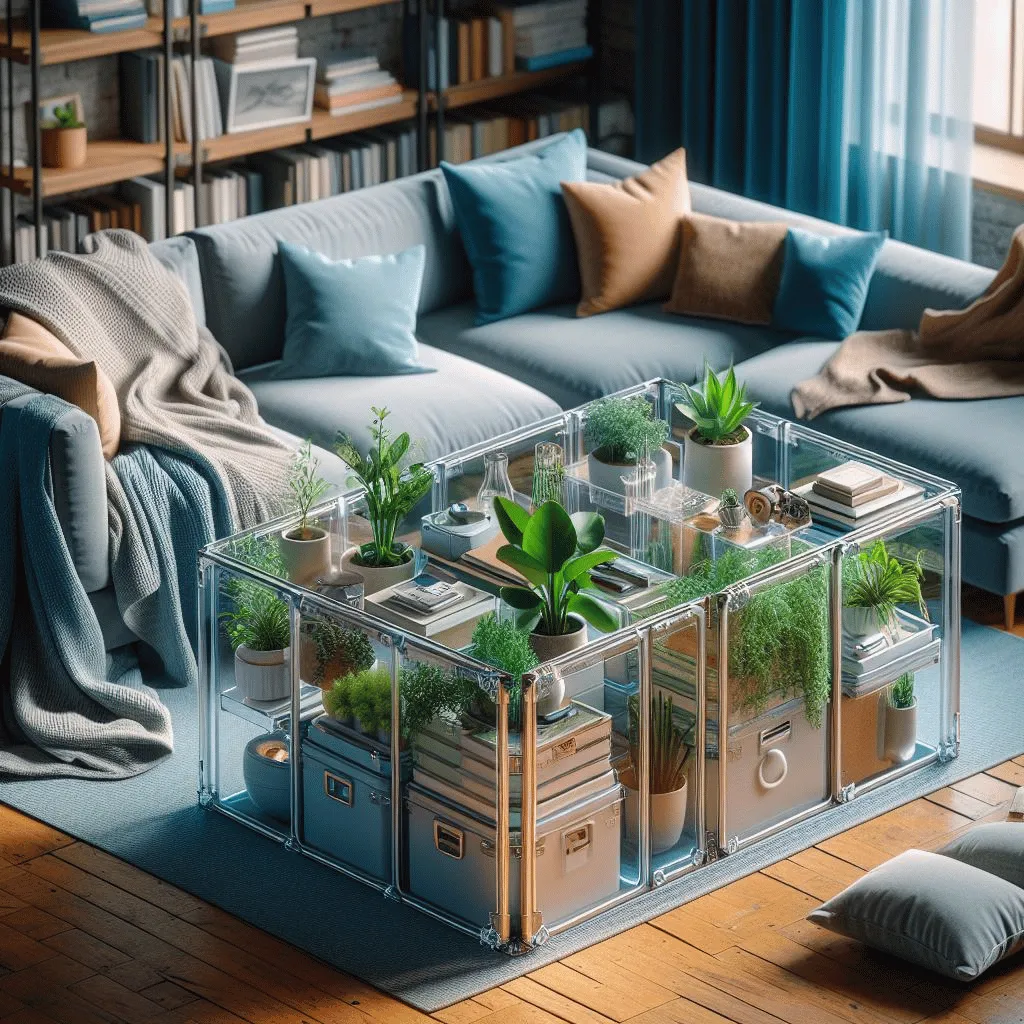
FAQs
Absolutely! Decorative boxes can double as stylish storage solutions for frequently used items like remote controls, books, or games. Choose textures and materials that complement your decor and group them strategically for a cohesive look.
Invest in space-saving solutions like vacuum-packing bulky blankets or seasonal clothing. Utilize under-bed storage or high shelves for out-of-season items, and consider repurposing trunks or ottomans with hidden compartments for additional space.
Categorize toys by age group or type and assign designated storage zones. Opt for labeled baskets or bins for easy access and clear boundaries for play areas. Consider rotating toys regularly to keep things fresh and prevent clutter build-up.
Develop the habit of putting things back after use! Schedule regular decluttering sessions to avoid items piling up. Be flexible and adapt your system as your needs change. Consider adding lighting to dimly lit storage areas for better visibility and accessibility.
Upcycle old boxes, baskets, or suitcases for unique storage options. Utilize vertical space with hanging shelves or wall organizers. Get creative with DIY labels using stencils, chalkboard paint, or even decorative tape. Remember, functionality and organization don’t have to break the bank!



